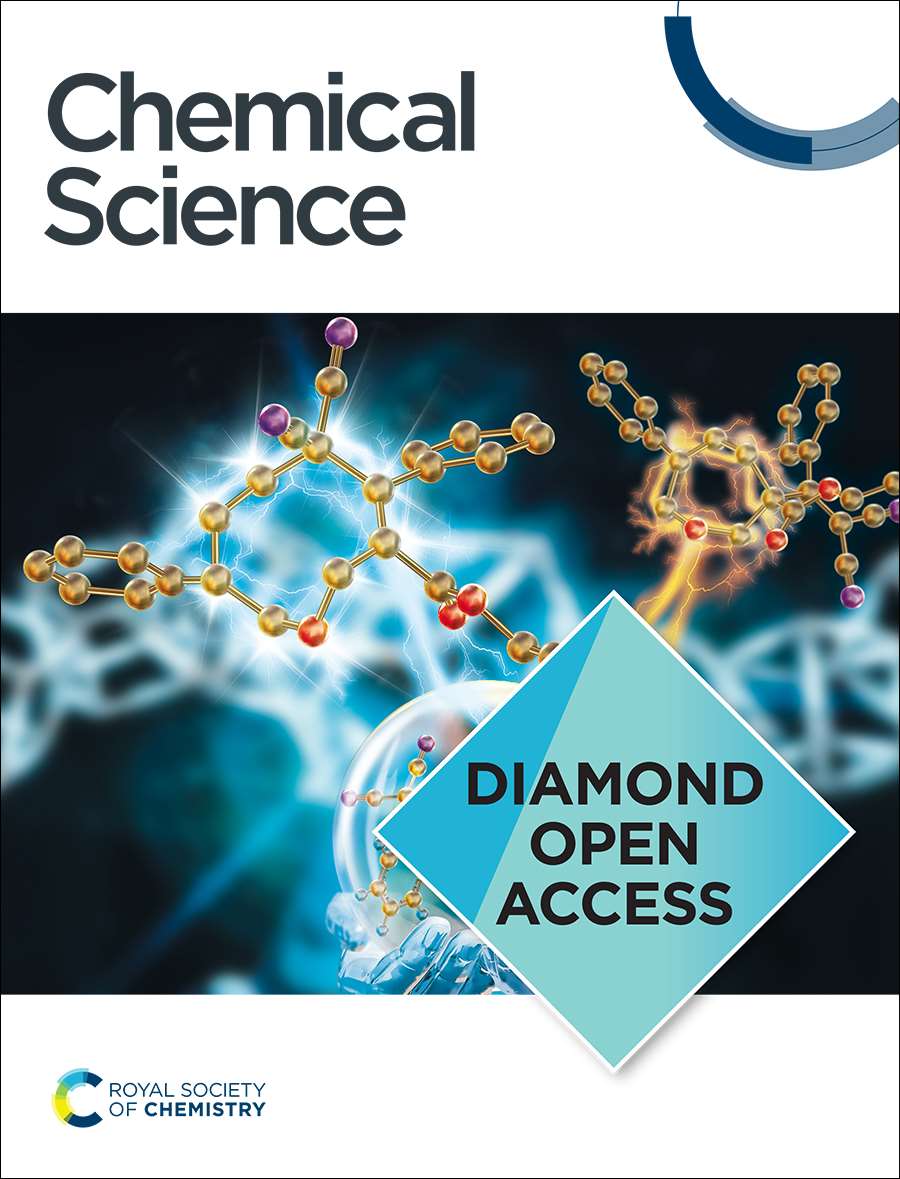High-Entropy Alloy Catalysts with Tunable Electronic Configurations for Enhanced Sulfur Reduction Electrocatalysis
IF 7.4
1区 化学
Q1 CHEMISTRY, MULTIDISCIPLINARY
引用次数: 0
Abstract
The shuttle effect and sluggish redox kinetics of polysulfides pose significant challenges to the long-cycle stability of alkali metal-sulfur batteries, necessitating the development of highly efficient catalysts. High-entropy alloys (HEAs) have emerged as promising electrocatalysts for energy storage due to their unique electronic properties and high configurational entropy. Tailoring the electronic configuration of HEAs to achieve a well-positioned d-band center is a vital strategy for enhancing catalytic performance in alkali metal-sulfur batteries systems. In this study, the electronic configurations of HEAs were systematically tuned by varying the fifth metal element. Among them, NiCoFeCuMo (HEA-Mo) exhibited an optimized electronic configuration and a favorable d-band center, fully demonstrating the “cocktail effect” and thereby enhancing interactions with polysulfides. To evaluate its practical performance, HEA-Mo was integrated into polypropylene (PP) separators (HEA-Mo@PP) for Li-S and room-temperature Na-S batteries, both exhibiting excellent cyclic stability attributed to enhanced polysulfides adsorption and catalytic conversion. This work provides critical insight into the rational design of non-noble HEAs via electronic configuration modulation, offering a generalizable strategy for advancing next-generation energy storage systems.具有可调电子结构的高熵合金催化剂用于增强硫还原电催化
多硫化物的穿梭效应和缓慢的氧化还原动力学对碱金属-硫电池的长周期稳定性提出了重大挑战,需要开发高效的催化剂。高熵合金(HEAs)由于其独特的电子性质和高的构型熵而成为储能电催化剂。定制HEAs的电子配置以实现定位良好的d波段中心是提高碱金属硫电池系统催化性能的重要策略。在本研究中,通过改变第五金属元素,系统地调整了HEAs的电子构型。其中,NiCoFeCuMo (HEA-Mo)表现出优化的电子构型和有利的d带中心,充分表现出“鸡尾酒效应”,从而增强了与多硫化物的相互作用。为了评估其实际性能,HEA-Mo被整合到用于Li-S和室温Na-S电池的聚丙烯(PP)分离器(HEA-Mo@PP)中,由于增强了多硫化物的吸附和催化转化,两者都表现出优异的循环稳定性。这项工作通过电子配置调制为非noble HEAs的合理设计提供了关键见解,为推进下一代储能系统提供了一种通用策略。
本文章由计算机程序翻译,如有差异,请以英文原文为准。
求助全文
约1分钟内获得全文
求助全文
来源期刊

Chemical Science
CHEMISTRY, MULTIDISCIPLINARY-
CiteScore
14.40
自引率
4.80%
发文量
1352
审稿时长
2.1 months
期刊介绍:
Chemical Science is a journal that encompasses various disciplines within the chemical sciences. Its scope includes publishing ground-breaking research with significant implications for its respective field, as well as appealing to a wider audience in related areas. To be considered for publication, articles must showcase innovative and original advances in their field of study and be presented in a manner that is understandable to scientists from diverse backgrounds. However, the journal generally does not publish highly specialized research.
 求助内容:
求助内容: 应助结果提醒方式:
应助结果提醒方式:


